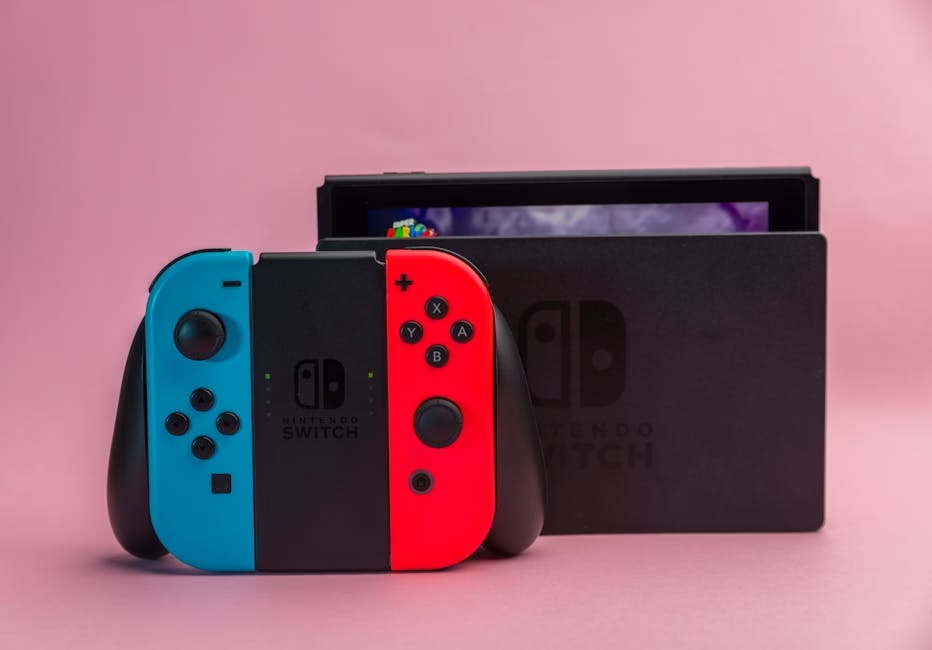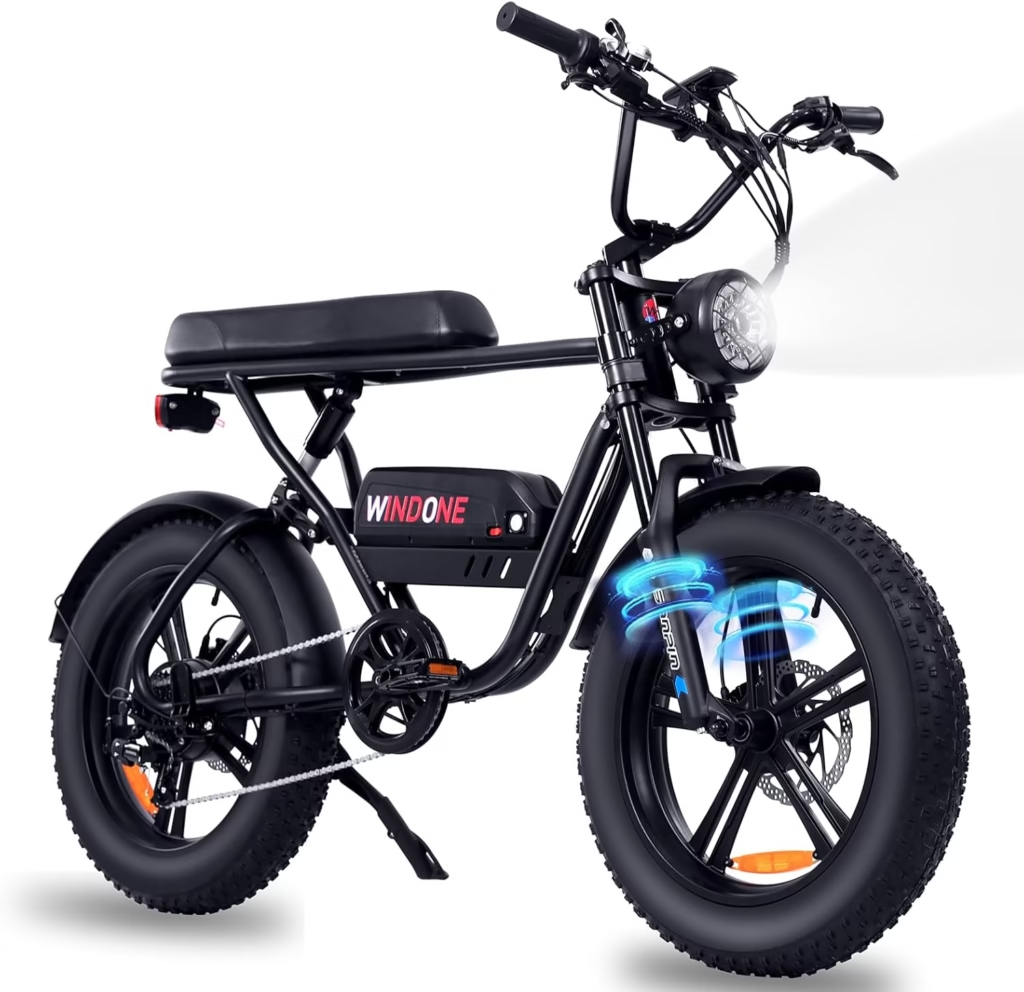Introduction to the Nintendo Switch 2

The gaming world is abuzz with excitement as the anticipated Nintendo Switch 2 is set for release in 2025. Following the monumental success of the original Nintendo Switch, which debuted in 2017, the new iteration promises to build upon the foundation established by its predecessor. The original console was praised for its innovative hybrid design, allowing users to seamlessly transition between handheld and docked play, which contributed significantly to its widespread appeal and accessibility.
In recent years, the gaming landscape has evolved, with advancements in technology and a surge in interest for immersive experiences. This has created a fertile ground for the launch of the Nintendo Switch 2, as fans eagerly await enhancements that could elevate their gaming experience. The anticipation surrounding the console stems not only from its previous achievements but also from the community’s desire for new features that reflect current trends in gaming.
Gamers are particularly keen on potential upgrades such as improved graphics and processing power, which are paramount in today’s high-definition gaming environment. Enhanced online functionalities and expanded game library options are also hot topics among enthusiasts. Furthermore, the integration of augmented reality and other immersive technologies could set Nintendo Switch 2 apart from its competitors, capturing the interest of both casual and hardcore players alike.
As we move closer to its anticipated launch date, speculation regarding the Nintendo Switch 2 continues to grow. Fans are hopeful that Nintendo will not only refine the existing strengths of the original console but also tackle any shortcomings, ensuring that the new system offers a rich and engaging gaming experience. With the groundwork laid by the original Switch, the expectations for the upcoming release are exceedingly high, marking a pivotal moment in the future of gaming technology.
What to Expect in Terms of Hardware and Features
As the gaming community eagerly anticipates the release of the Nintendo Switch 2 in 2025, various hardware enhancements and features are expected to elevate the gaming experience to new heights. One of the key improvements will likely be in graphics capabilities, offering players more vibrant, lifelike visuals. This could involve advanced GPU technology that enhances rendering techniques, alongside higher resolution support to deliver crisp graphics that rival other leading consoles.
Another crucial aspect will be the processing power of the Nintendo Switch 2. With advancements in CPU technology, gamers can expect improved performance, allowing for more complex game mechanics, faster load times, and smoother gameplay experiences. This processing upgrade is particularly significant as game developers continue to push the boundaries of game design and complexity.
Battery life is expected to see considerable enhancements as well. The integration of more efficient battery technology may provide longer playtime, alleviating concerns about low power during extended gaming sessions. This is particularly important for a hybrid console like the Switch, which is often used in handheld mode.
Furthermore, there is speculation regarding the potential compatibility of the Nintendo Switch 2 with virtual reality systems. If implemented, this feature could place the console in direct competition with other VR platforms, allowing gamers to experience immersive gaming in a new dimension.
Backward compatibility with the original Nintendo Switch games is another expected feature, enabling gamers to continue enjoying their existing library without additional purchases. This upgrade pathway acknowledges the established user base while facilitating access to a richer gaming experience.
Additionally, innovative features might emerge, setting the Nintendo Switch 2 apart in the competitive console market. These could range from enhanced motion controls to improved online capabilities, making it a versatile option for both casual and hardcore gamers. As details emerge, the excitement surrounding the Nintendo Switch 2 continues to grow, paving the way for a new chapter in gaming innovation.
Game Development and Exclusive Titles
The anticipation surrounding the Nintendo Switch 2, scheduled for release in 2025, is intensifying as developers gear up to leverage the advanced capabilities of this next-generation console. The augmented hardware and enhanced performance metrics are expected to significantly enrich the gaming experience, encouraging developers to design innovative gameplay mechanics and stunning graphics. As the gaming landscape evolves, the Switch 2 is poised to host an array of exclusive titles that may capitalize on the unique features of the console.
Developers from various studios are already exploring how they can utilize the Nintendo Switch 2’s enhanced processing power to deliver immersive experiences. Potential exclusive titles may include sequels to popular franchises, reimagined classics, and entirely new intellectual properties that take advantage of the console’s new capabilities. For instance, series such as “The Legend of Zelda” and “Super Mario” are likely to receive fresh installments that expand upon the beloved gameplay elements while incorporating the innovative technology that the new console offers.
Moreover, collaborations between Nintendo and third-party developers are anticipated to bolster the console’s library significantly. These partnerships can result in unique crossovers and exclusive content that are tailored specifically for the Switch 2. By combining the creativity of external studios with Nintendo’s rich portfolio, players may enjoy a more diverse range of games that utilize the expansive gaming potential of the new hardware. Ultimately, as the gaming community eagerly awaits the launch, the development of exclusive titles for the Nintendo Switch 2 promises to redefine the gaming experience, setting a new standard for console gaming in the future.
The Impact of Nintendo Switch 2 on the Gaming Industry
The anticipated release of the Nintendo Switch 2 in 2025 is poised to have far-reaching implications for the gaming industry. As a successor to one of the most successful consoles in history, the Switch 2 will likely redefine competitive dynamics amongst console manufacturers. Nintendo’s ability to innovate while maintaining its unique gaming approach will challenge competitors such as Sony and Microsoft, possibly prompting them to accelerate their own advancements in technology and game offerings. Such competition can drive the standard of gaming experiences higher as companies strive to meet evolving consumer expectations.
In addition to changing the competitive landscape, the Nintendo Switch 2 may also influence emerging gaming trends. With features that potentially include enhanced graphics capabilities, innovative control schemes, and backward compatibility with previous titles, the console is expected to appeal to a diverse range of audiences, from casual gamers to dedicated enthusiasts. This versatility could foster a resurgence of interest in multiplayer and cross-platform gaming, encouraging developers to optimize game designs for more fluid and engaging player experiences. As gaming continues to evolve, consumer behavior is expected to adapt, placing greater emphasis on immersive content and community-driven gameplay.
Moreover, Nintendo’s marketing strategies will play a crucial role in shaping the public perception of the Switch 2. Historically, Nintendo has excelled in creating memorable campaigns that resonate with audiences, effectively generating excitement around its products. The reactions from the gaming community leading up to the launch will be critical, as early feedback can influence sales and overall success. A well-executed marketing strategy that highlights the unique features of the Switch 2 could position Nintendo to reclaim its role as a leading innovator in the gaming sector. By monitoring community response and leveraging its loyal fan base, the company can harness its legacy while adapting to new challenges in the gaming landscape.



